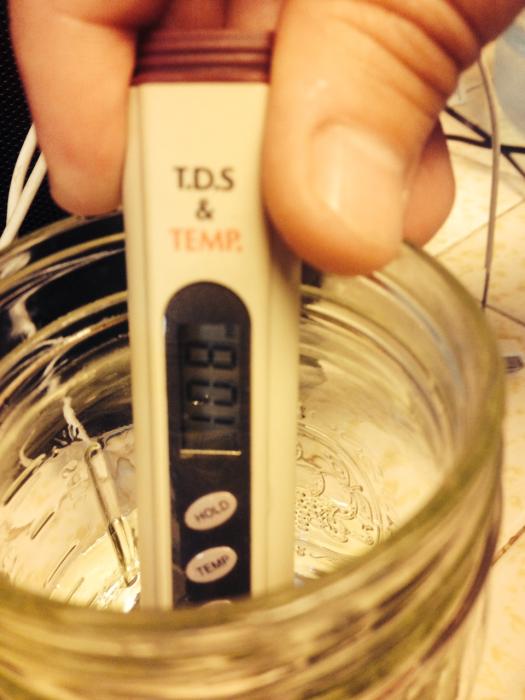Haddack,
You are clearly a very knowledgeable brewer with the best of intentions.
Very kind of you to say. I'm sure you are as well.
But I assure you. You are feeding a troll. You may not want to read this or hear it, but you will come to this realization eventually on your own.
I don't care either way, to tell you the truth. If this is a legitimate problem to solve then I'm helping. If it is a troll, its not really a waste of my time because I'm also reviewing my own procedures in a mental exercise to make sure I know how to troubleshoot things correctly should they happen in the future. We're also coming up with dozens of potential sticking points that others may read in the course of the thread and say "Oh, I never thought of that. Perhaps that was my issue that one time when X happened a while back." A few people have posted things like that. They were helped as well.
There is always low hanging fruit in the forums-- the questions that ask "How do I know when fermentation is complete?" or "How does this recipe look to you?" Questions people can answer in a minute, feel good about themselves, and then abandon for the next one. If that's your preference, have at it. For others, that's mental masturbation that's just as easily solved with a Google search.
What's most amusing to me is the advice given so far. Overdose your water on Gypsum! Throw out all your equipment! If a piece of plastic touched an infection it can NVER. BE. USED. AGAIN! It's like the Simpsons episode from years ago when Homer is teaching Bart how to putt a golf ball:
HOMER: "Keep your head down, follow through."
[Bart putts and misses]
HOMER: "Okay, that didn't work. This time, move your head and don't follow through."
In the entire thread no one suggested a simple procedure that would isolate each stage into separate batches that would immediately indicate the point of failure. Sure, people suggested bottling and he didn't do that. That's frustrating. Honestly if he doesn't bottle this time either I won't bother anymore as well. But at least he now has a realistic reliable troubleshooting procedure.
Your ego might convince you can solve any brewing problem,
I can't. The Latin phrase under my username says as much.
but I assure you, this problem is brewing in the darkest reaches of a human mind.
Thank goodness, I worked very hard for my psych degrees; I was hoping they would be useful at some point.
Who motivates the troll more: the ones with helpful solutions, or the one that returns every day to poke it with a stick?
















































![Craft A Brew - Safale BE-256 Yeast - Fermentis - Belgian Ale Dry Yeast - For Belgian & Strong Ales - Ingredients for Home Brewing - Beer Making Supplies - [3 Pack]](https://m.media-amazon.com/images/I/51bcKEwQmWL._SL500_.jpg)










